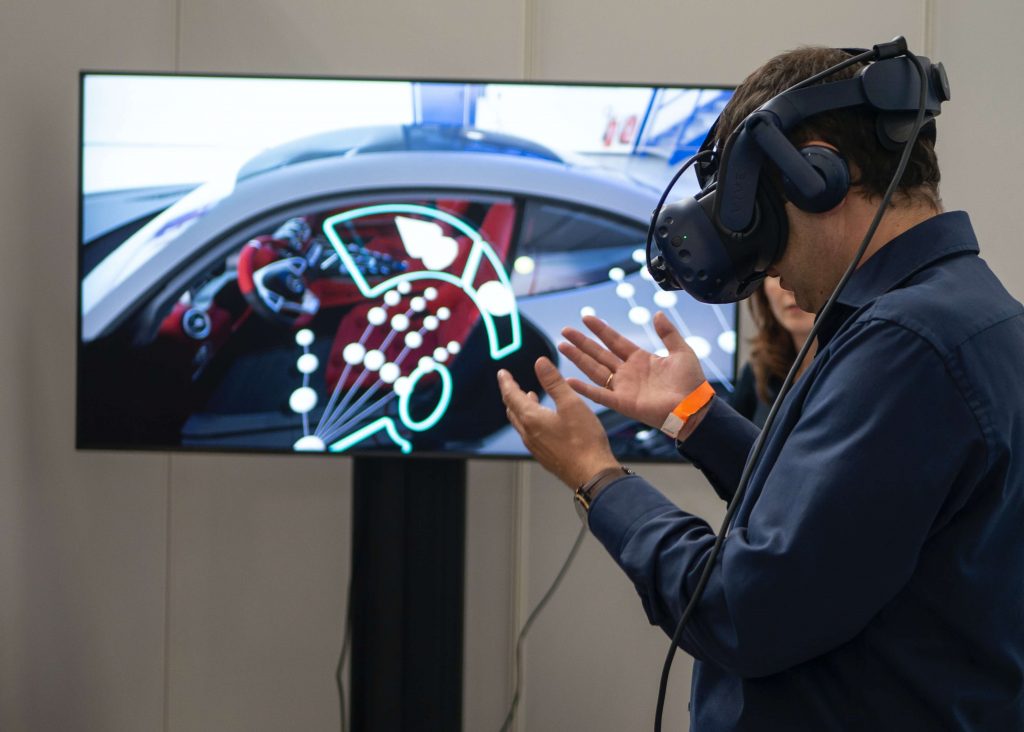
Virtual reality (VR) has come a long way since its inception in 2022. With the rapid advancements in technology, VR has become more immersive and realistic, paving the way for new possibilities and experiences. In this article, we will delve into the world of VR, discuss the latest trends, and explore the future of virtual reality in 2023.
Virtual reality is a simulated experience that can be similar to or completely different from the real world. Through the use of a headset and other sensory devices, users can enter a virtual environment and interact with objects and people within it. The concept of Virtual reality has gained tremendous popularity over the years, and it continues to shape the future of technology.
One of the most intriguing developments in virtual reality is the concept of the metaverse. The metaverse is a virtual space where users can interact with each other and their surroundings in real-time. It goes beyond traditional VR experiences by creating a shared virtual world that can be accessed by multiple users simultaneously. The metaverse has the potential to revolutionize social interactions, entertainment, and even work environments.
MR is another exciting advancement in virtual reality. It combines elements of both VR and augmented reality (AR), allowing users to interact with virtual objects in the real world. MR provides users with a seamless blend of virtual and real-world experiences, opening up new ways for businesses and individuals to utilize VR technology.
In 2023, Virtual reality is expected to continue its rapid growth and evolution. Here are some of the key trends to watch out for:
Haptic feedback technology allows users to feel physical sensations within the virtual environment. This enhances the immersive experience and adds a new level of realism to VR interactions.
Sensors play a crucial role in tracking user movements and providing accurate feedback. Advancements in sensor technology will lead to more precise tracking and improved user experiences.
XR refers to the continuum of technologies that includes VR, AR, and MR. As XR technology continues to advance, we can expect more seamless transitions between these different realities.
Artificial intelligence (AI) will play a significant role in enhancing VR experiences. AI-powered algorithms can analyze user behavior and provide personalized content and recommendations.
Full-body tracking allows users to interact with the virtual world using their entire body, not just their hands or head. This adds a new layer of immersion and enables more realistic movements within the virtual space.
The future of virtual reality looks promising with endless possibilities. Here are some exciting prospects for Virtual reality in the coming years:
Virtual reality is on an exciting trajectory, and 2023 promises to be a year filled with groundbreaking advancements. As VR technology continues to evolve, we can expect new opportunities, enhanced experiences, and a future where the boundaries between the real world and virtual reality merge seamlessly.
The advancements in VR technology have revolutionized the way we interact with digital content. With the introduction of VR headsets like Oculus and HTC Vive, users can now fully immerse themselves and experience interactive virtual reality like never before.
From gaming to virtual meetings, VR applications have expanded across various industries, including healthcare, unlocking new opportunities and setting them apart from the competition. The metaverse, with its 3D holographic images and sense of touch, could become the future of digital experiences, offering a sense of immersion without the risk. As companies continue to harness the power of VR and AR, it’s likely that we will see even faster and better VR solutions in the future, aiding in the creation of truly immersive VR experiences.